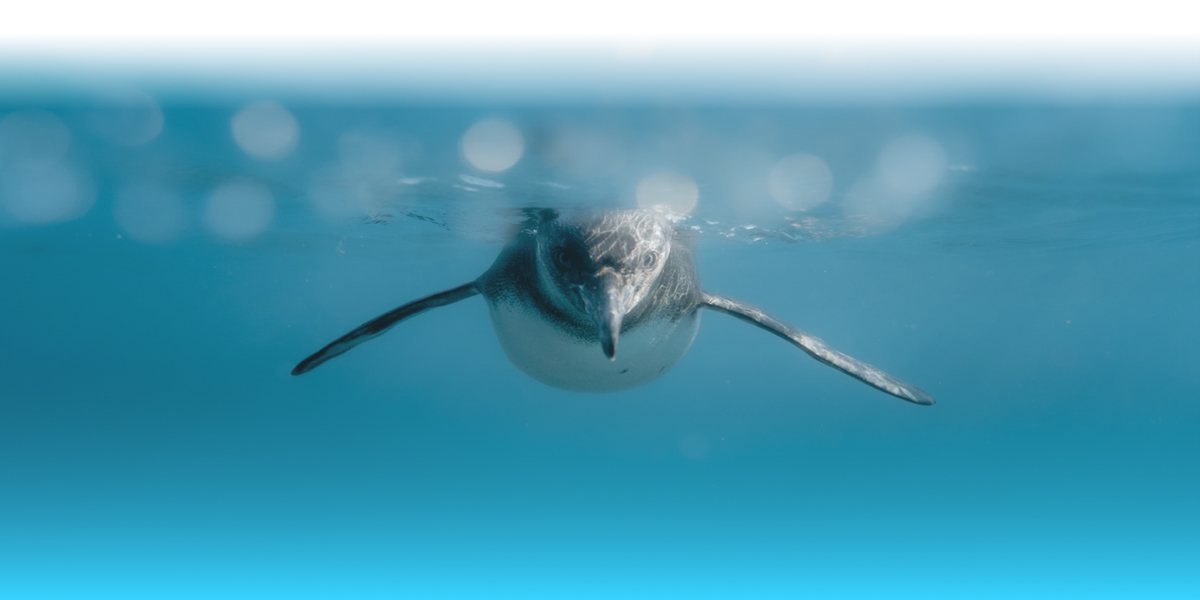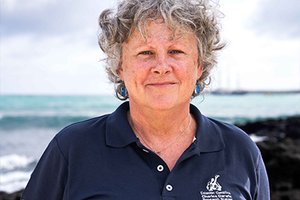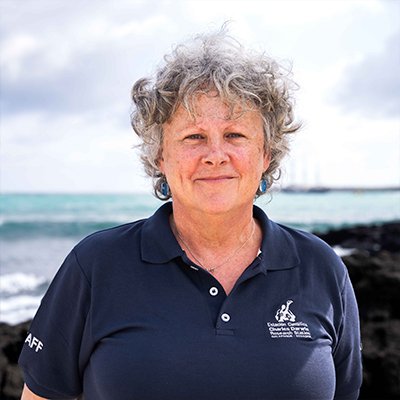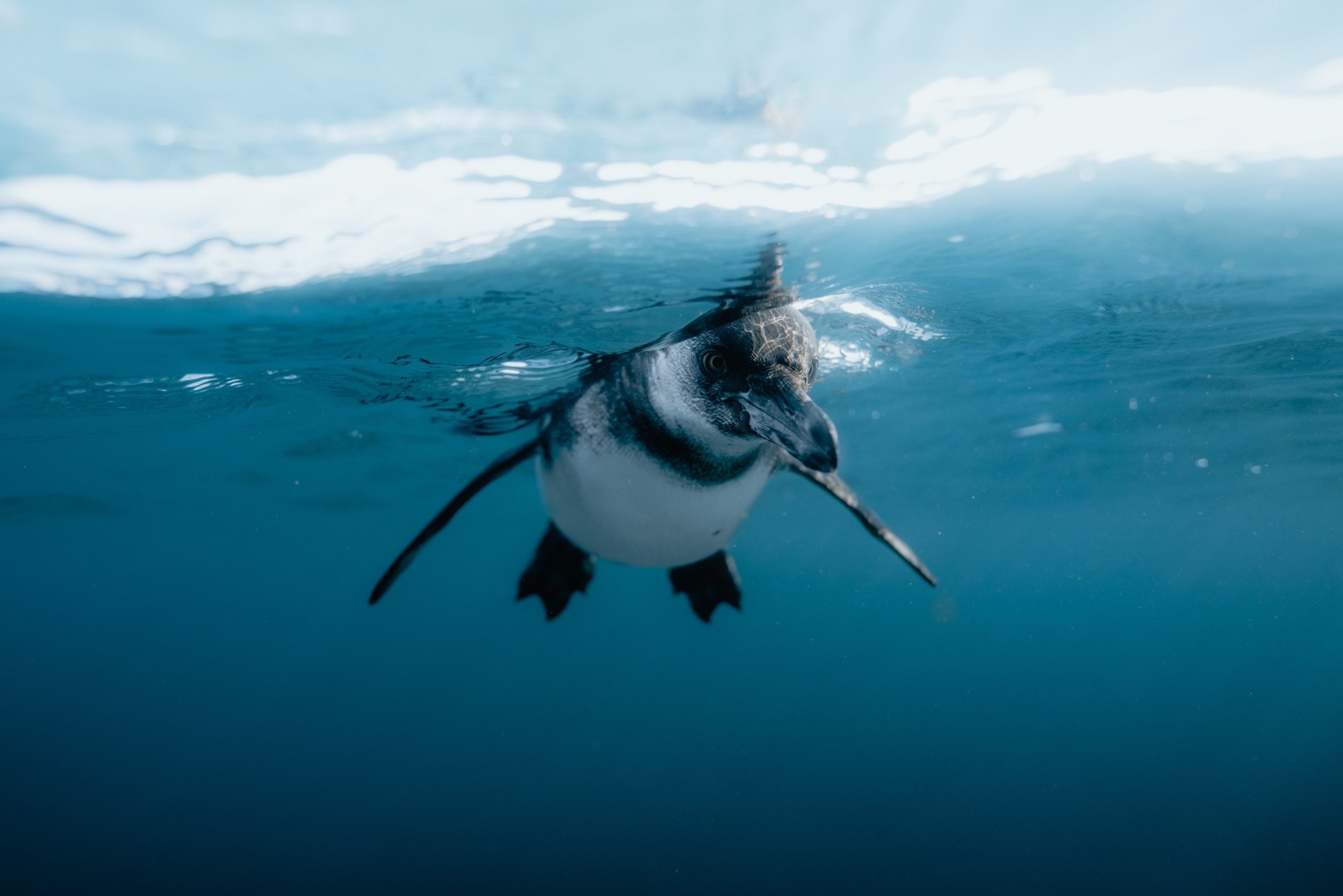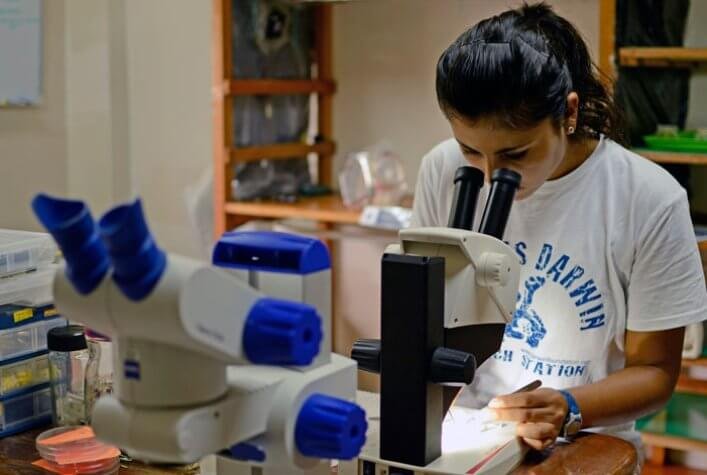
Paola Lahuatte, currently a junior researcher at the Charles Darwin Research Station, first arrived here in May 2013 as a volunteer. After a few months she was offered a scholarship to develop a method for breeding Philornis downsi under laboratory conditions for her undergraduate thesis project at the Central University of Ecuador. Philornis downsi is an introduced and highly invasive parasitic fly that is seriously affecting survivorship of nestlings of Galapagos landbirds. The larva of the fly attack the defenseless chicks, often causing death.
The opportunity to work to save a species and at the same time generate innovative methods in the field of entomology (study of insects) is what motivated Paola to continue working with this challenging project. The work suffered many setbacks, and requires infinite amounts of patience and long hours of looking into microscopes. Paola’s creativity and perseverance enabled her to get closer to meeting the challenge of developing a simple method for rearing the fly using the limited resources available in Galapagos.
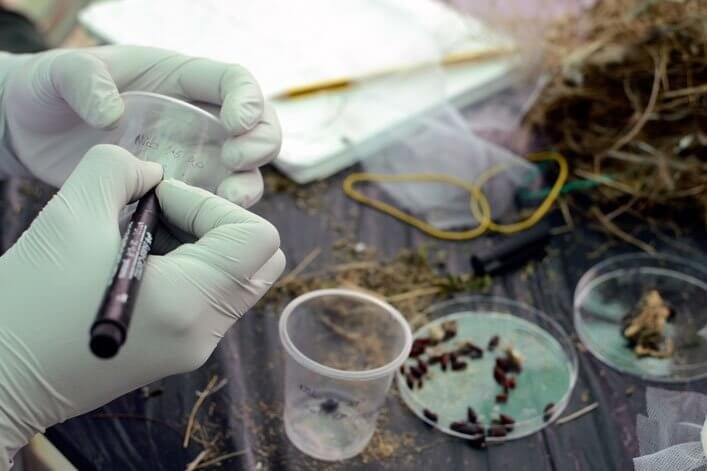
From the start of her career with the Charles Darwin Foundation, Paola has achieved results that make her an example for other young Ecuadorians. Paola is passionate about the work she is doing and enjoys keeping busy in the lab and working alongside national and international scientists.
The Galapagos research of Paola and her coauthors has come to the attention of an international audience following the publication of a paper in the Journal of Insect Science.
She also was recently interviewed about her work by The Washington Post.
We recently interviewed Paola about the work that she is doing.
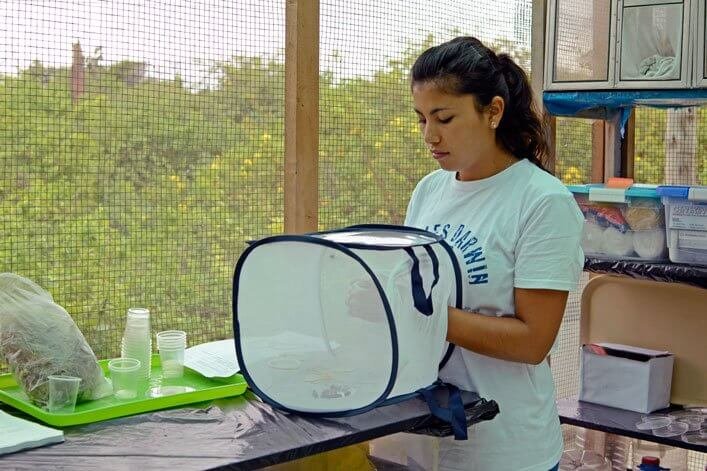
What did your job involve when you first joined the team at the Charles Darwin Research Station?
During the first few months I worked on various research projects, including studies on the reproductive biology and the feeding habits of adult P. downsi and the evaluation of control methods to protect nests of endangered birds. I also worked on a study of the population dynamics of adult flies in the field. This involved working in the arid, humid, and agricultural zones of Santa Cruz island.
What were the first achievements of your research?
When I read about the first attempts by CDF researchers to breed the fly in 2008 I realized that even though the conditions in which the researchers worked were very basic, they were still able to figure out the life cycle of P. downsi and learn about some of the factors that are essential to keeping flies in captivity such as the vulnerability of newly emerged larvae to external conditions, the greater resistance of large larvae etc. This gave me some ideas about the techniques that we could try. This, plus some new equipment that was acquired shortly after my arrival, enabled me to make significant progress on developing a rearing method.
I think that my first achievement was to gain the support and confidence of my mentors in the project, Drs. Charlotte Causton and Piedad Lincango, who I worked with to develop the rearing techniques. This culminated in the first method for rearing a parasitic fly of bird nestlings in laboratory conditions, which I presented to members of the international working group of Philornis downsi in a workshop in 2015.
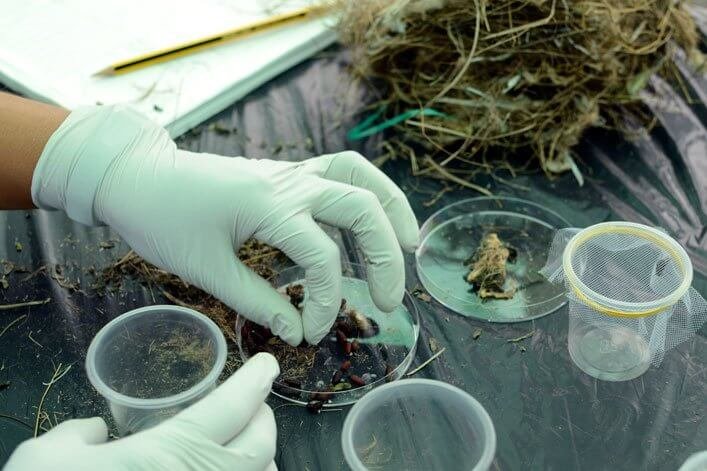
Have you had any training opportunities?
My supervisors Drs. Charlotte Causton and Piedad Lincango have been my teachers over the years that I have worked at CDF. I was also fortunate enough to spend 6 months working with our collaborator George Heimpel at the University of Minnesota after I graduated. More recently, we have been able to count on technical input and training from experts from COPEG (Commission of Panama and the United States for the Eradication and Prevention of the Screwworm Fly) of Panama, who have years of experience working with raising large quantities of sterile screwworm flies which are released weekly to prevent the screwworm from entering Central America.
What have been the main results of the research so far?
We have successfully developed a method for rearing larvae of this blood-feeding fly in captivity. This is a great achievement, given that researchers of these types of ectoparastic flies in other parts of the world have struggled to raise the flies without the presence of live birds. Raising flies with artificial methods, ie without a living host, is essential to understand the biology of these types of flies and also to evaluate potential control techniques such as biological control using natural enemies and the sterile insect technique which involves releasing large numbers of sterile males into the wild to mate with females.
In recent months we have been able to improve the survival rate of larvae using very simple techniques, which has made us very happy!
What do you plan to work on next?
Our next step is to figure out what adults need to mate in captivity and lay eggs. Once we have this identified we will have managed to get flies to complete their entire cycle of life in captivity. We also plan to research methods for increasing fly production in the lab so that we have access to flies year round and can supply flies to our international collaborators who are helping us find ways to control this fly.


